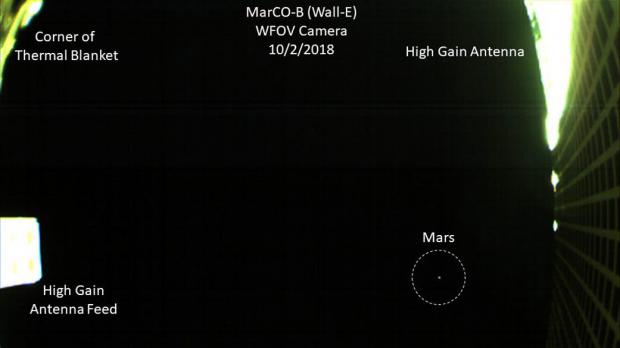
Breaking News
 Rule by Thieves: The Police State Becomes a Pay-to-Play Shadow Government
Rule by Thieves: The Police State Becomes a Pay-to-Play Shadow Government
 What Has Bitcoin Become 17 Years After Satoshi Nakamoto Published The Whitepaper?
What Has Bitcoin Become 17 Years After Satoshi Nakamoto Published The Whitepaper?
 These Are The World's Most Militarized Economies
These Are The World's Most Militarized Economies
Top Tech News
 Japan just injected artificial blood into a human. No blood type needed. No refrigeration.
Japan just injected artificial blood into a human. No blood type needed. No refrigeration.
 The 6 Best LLM Tools To Run Models Locally
The 6 Best LLM Tools To Run Models Locally
 Testing My First Sodium-Ion Solar Battery
Testing My First Sodium-Ion Solar Battery
 A man once paralyzed from the waist down now stands on his own, not with machines or wires,...
A man once paralyzed from the waist down now stands on his own, not with machines or wires,...
 Review: Thumb-sized thermal camera turns your phone into a smart tool
Review: Thumb-sized thermal camera turns your phone into a smart tool
 Army To Bring Nuclear Microreactors To Its Bases By 2028
Army To Bring Nuclear Microreactors To Its Bases By 2028
 Nissan Says It's On Track For Solid-State Batteries That Double EV Range By 2028
Nissan Says It's On Track For Solid-State Batteries That Double EV Range By 2028
 Carbon based computers that run on iron
Carbon based computers that run on iron
 Russia flies strategic cruise missile propelled by a nuclear engine
Russia flies strategic cruise missile propelled by a nuclear engine
 100% Free AC & Heat from SOLAR! Airspool Mini Split AC from Santan Solar | Unboxing & Install
100% Free AC & Heat from SOLAR! Airspool Mini Split AC from Santan Solar | Unboxing & Install
Mars-bound CubeSats catch first glimpse of the Red Planet

These two little spacecraft are the first of their kind to venture into deep space, and now they've sent us back a post card of their first glimpse of the Red Planet.
The image, snapped by MarCO-B on October 3, shows Mars as a tiny, pale red dot towards the right of frame, much like the "Pale Blue Dot" photo they sent as they whizzed away from Earth. To line up the shot, the CubeSat had to be programmed to rotate in space to point the wide-angle camera towards Mars.
A few onboard instruments photobomb the image too: part of a thermal blanket can be seen at the top left, and below that the antenna feed peeks in. The right-hand side of the image is framed by the high gain antenna.
The photo was taken from a distance of about 8 million miles (12.8 million km), but interestingly the journey to Mars will still involve another 53 million miles (85 million km) because the Red Planet is moving away from the CubeSats.
Once they arrive at Mars, the two MarCOs will help relay communications back to Earth as the InSight lander touches down. That said, the Mars Reconnaissance Orbiter (MRO) will do most of the heavy lifting there – the MarCO mission is mostly a test to see if CubeSats are able to survive the rigors of space travel.

 Known vs Unknown
Known vs Unknown

